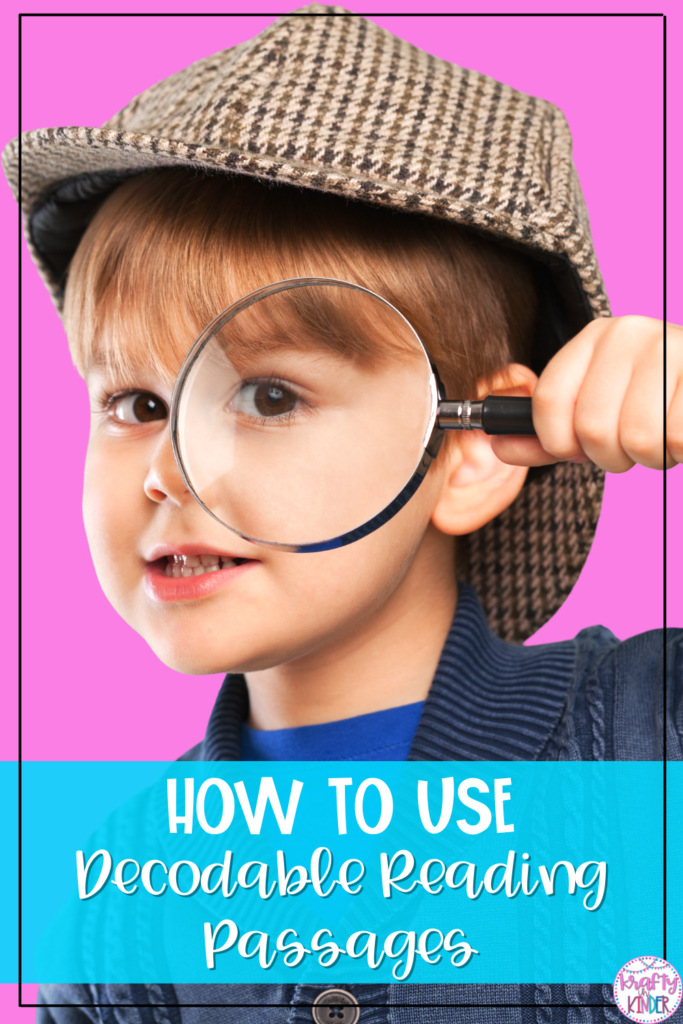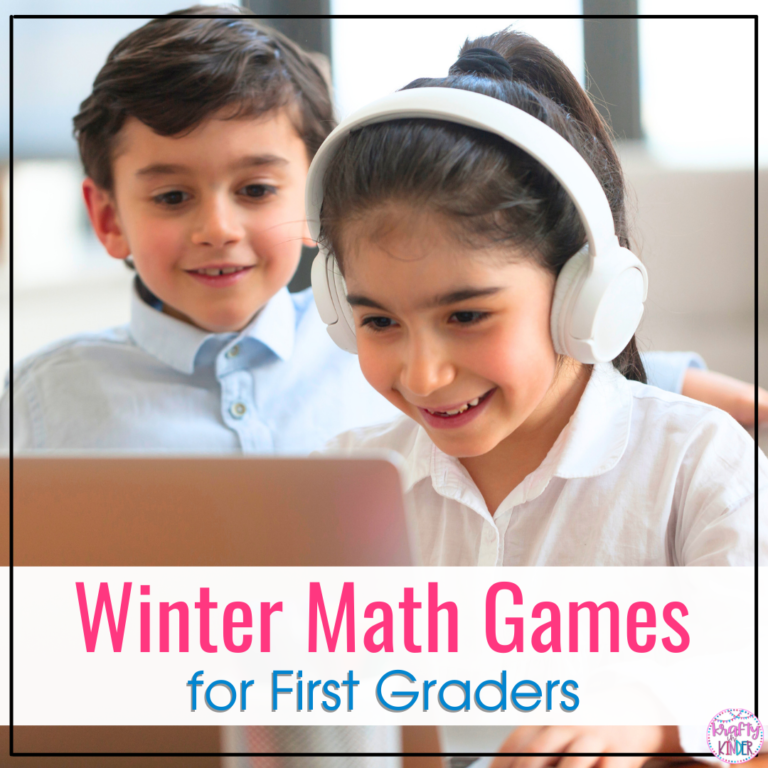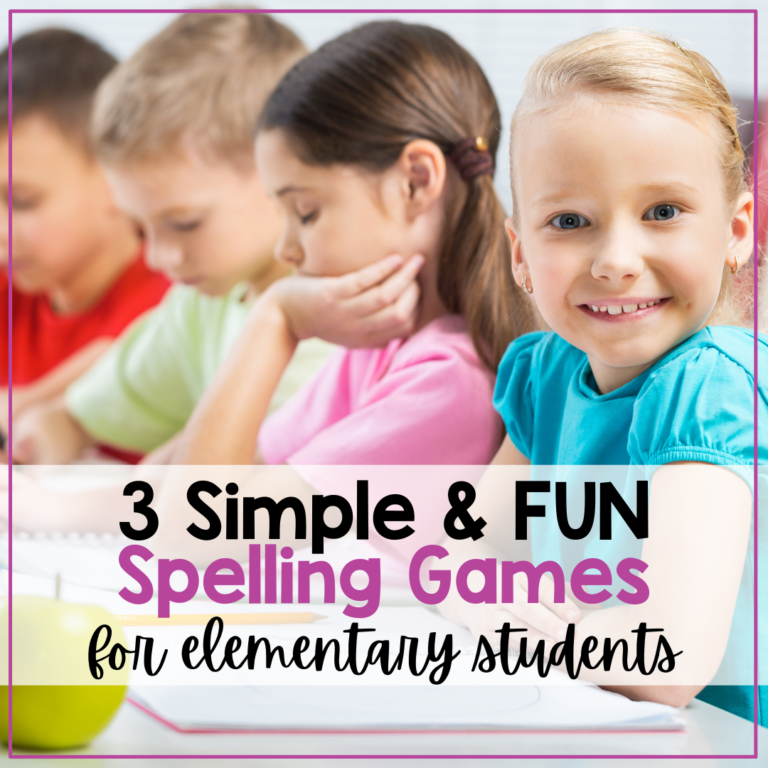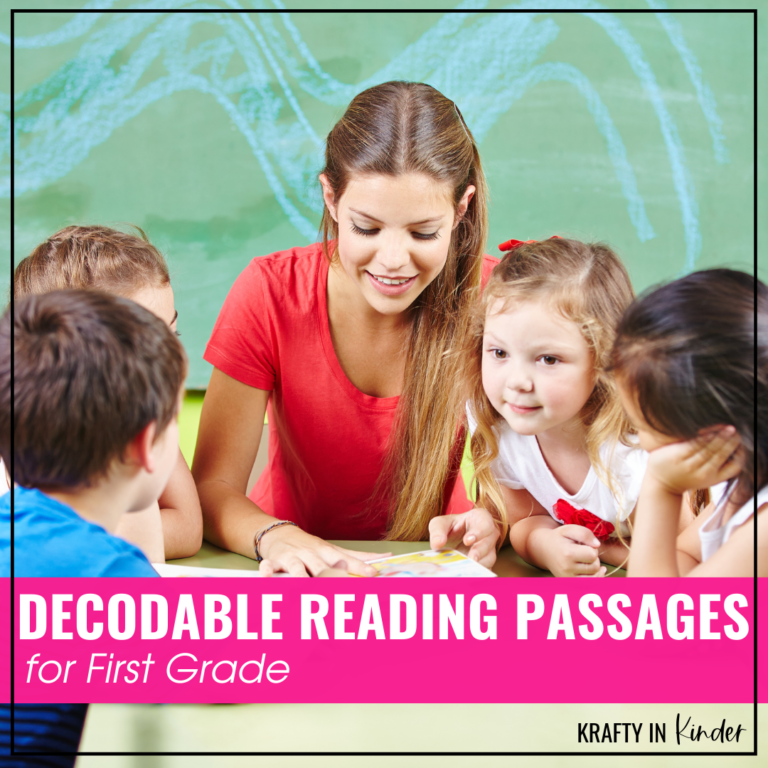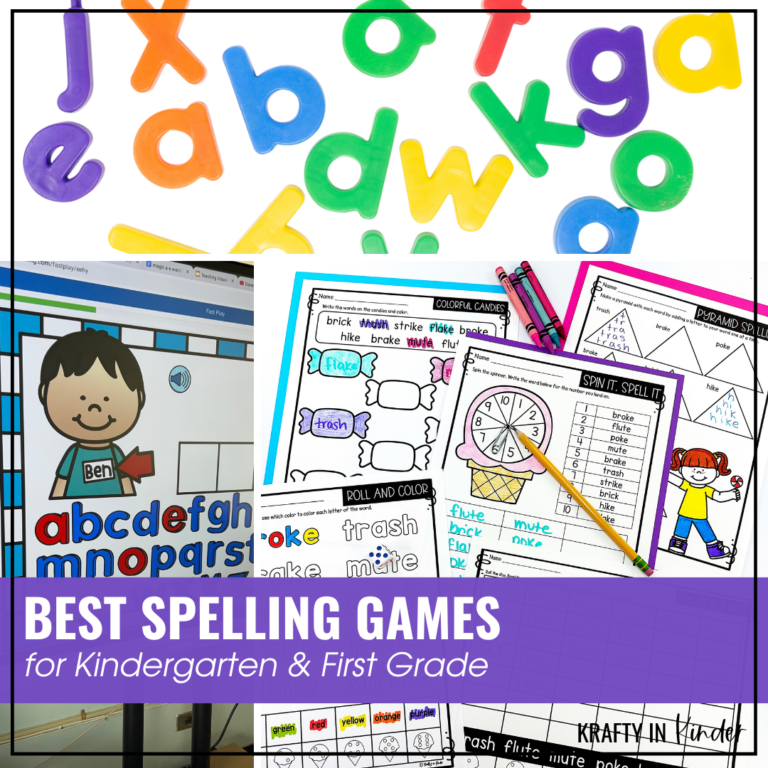How To Use Decodable Reading Passages
Have you ever struggled to help your young students learn to decode words in sentences? Reading isolated words is one thing, but reading words in context can feel a little overwhelming for young readers! This is where decodable readers will come to your rescue! Today, I’m sharing all the reasons I think using decodable reading passages is essential in the primary classroom!

What Are Decodable Reading Passages?
Decodable reading passages, also called controlled texts, are passages that only use commonly seen sight words and words that include spelling patterns that the students have already been explicitly taught.
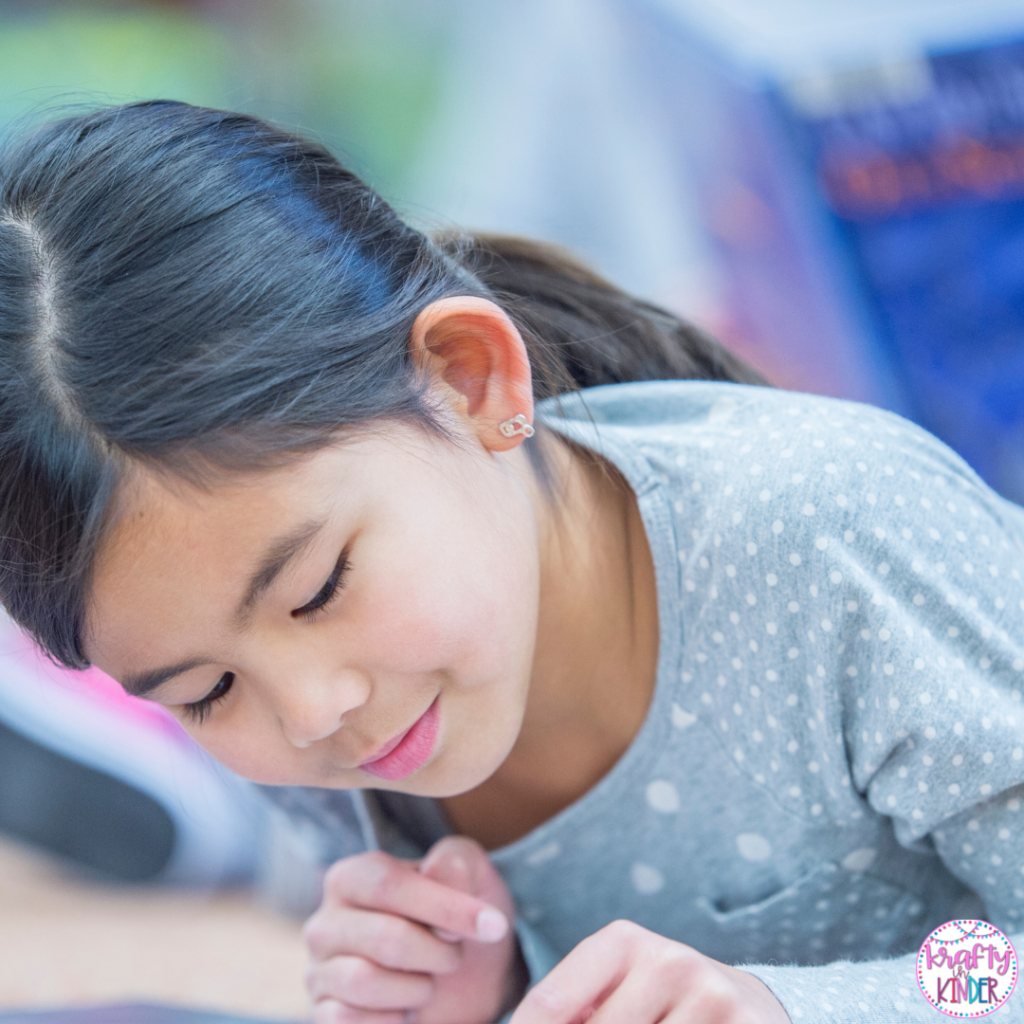
In other words, these passages or readers contain words children are already familiar with or they have been taught the skills needed to decode the words.
These passages will often build upon each other with more advanced sight words and word families as the year progresses.
The idea behind decodable reading passages is to help promote fluency and reading comprehension through the usage of controlled text.
By selecting passages containing words that children are already familiar with, we can ensure they have the opportunity to decode new words in a way that is not overwhelming.
Students who might be nervous while reading will feel much more at ease with passages that use words and skills they already know. These passages still provide a bit of a challenge though as students will be applying the decoding skills they have learned.
Why Should We Use Decodable Reading Passages?
The use of these passages is a great way to help build confidence in your readers, but it’s also key for teaching children how to decode words in a text naturally. An essential component of becoming a strong reader is the ability to decode words quickly and easily. Teaching children to decode words independently starts by introducing phonics patterns that are familiar and predictable.
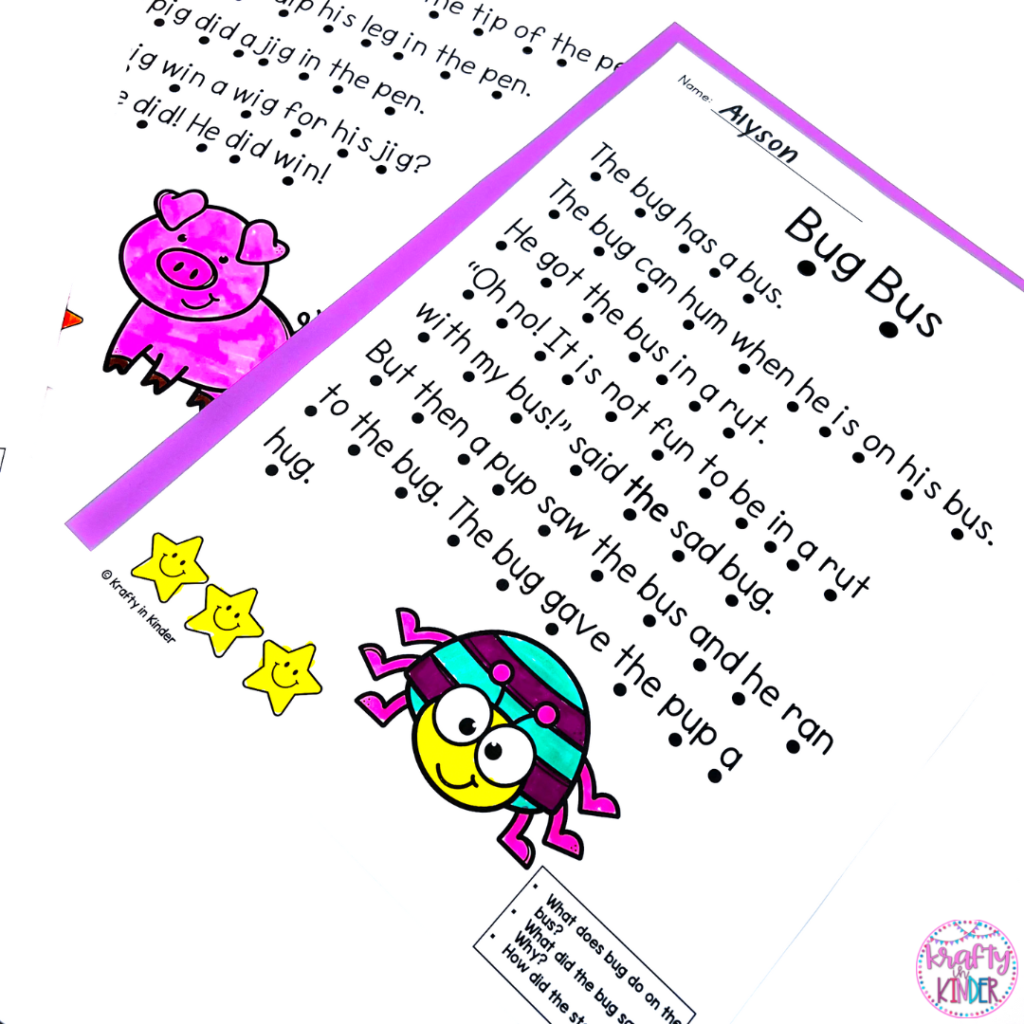
When you’re using the same spelling patterns over and over in controlled texts, it gives children the opportunity to practice this skill and begin to train their brains to search for decodable information in a text. As children develop this skill, they will speed up and eventually be able to decode much more difficult words using the same technique, naturally helping to level up their reading skills!
Personally, I LOVE using decodable reading passages in my classroom! With their use, I see such tremendous growth in my students, and the silly stories are just plain, FUN! Students enjoy participating in decodable reading passages, making these a great way to foster a love of reading. Controlled texts are flexible as well. I use them with my whole group and small groups all year long!
How To Use Controlled Reading In Your Classroom
Once you are ready to start using decodable reading passages in your classroom, it’s a good idea to establish a plan of action to help your students build upon their reading skills gradually. In my classroom, I use a 3-day teaching method for each passage we study. Using this 3-day framework is a great way to build some additional predictability into your lessons and help your readers thrive!
The 3-Day Process I Use
Day 1- Whole Class Reading
To start out, we begin with a controlled text reading passage that includes dots to assist with reading and separating words. Each passage focuses on a specific skill such as short vowels, digraphs, or blends. What we work on will depend on the skill level of my kiddos. We first dive into the story and read it together as a whole class a few times. The idea here is to help my students become familiar with the words and spelling patterns. After a few reads, I might read these in small groups or send them home for additional practice.
Day 2- Comprehension
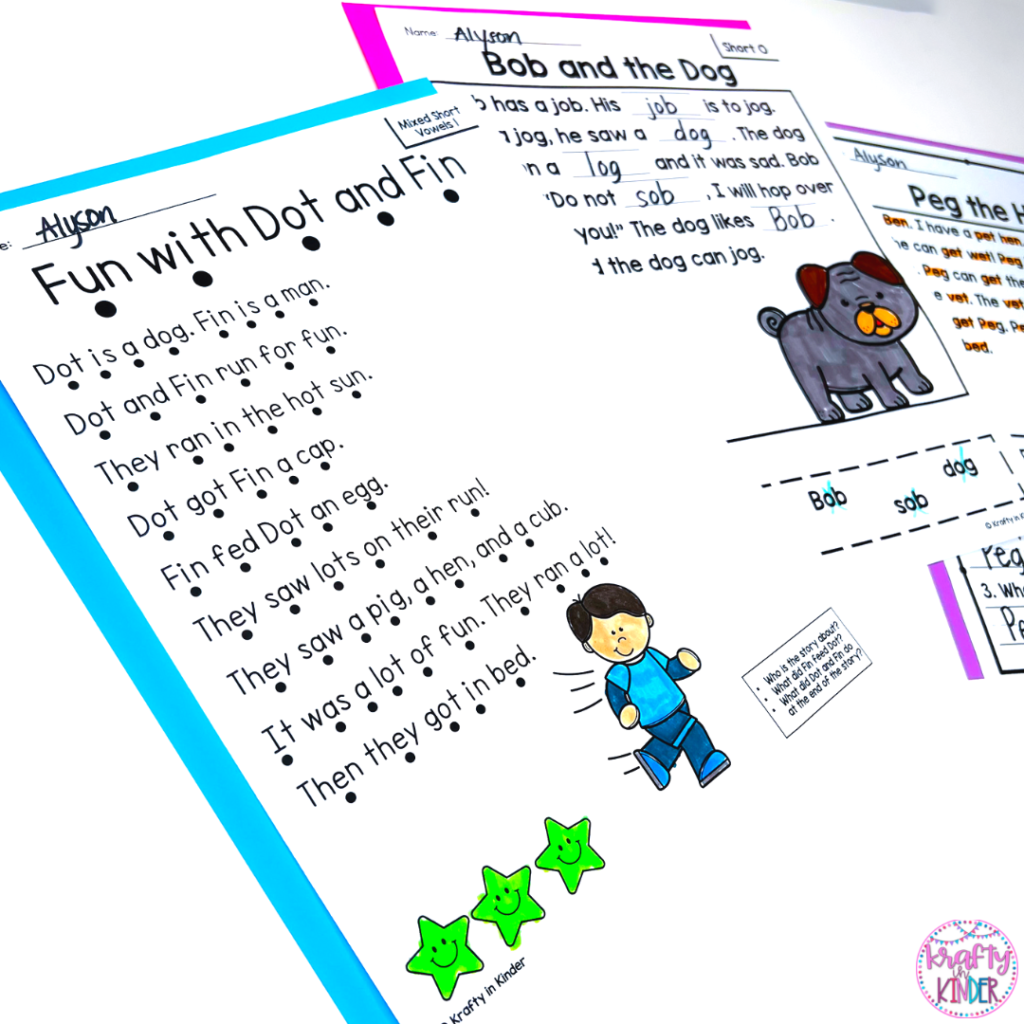
On day 2, our focus shifts to comprehension. On this day, we revisit the story, this time trying to gain a deeper understanding. To do this, we read through the passage again, this time searching for similar spelling patterns or focus skills. Students will highlight or circle things we are looking for and then answer some comprehension questions. I love to use this activity in small groups to help my kiddos grasp this concept and get a feel for their understanding.
Day 3 – Cloze Reading
Finally, on day 3 we work on “cloze readings”. Cloze readings help students learn how to make sense of the text. This is the final step of the process, as students need to be familiar with the spelling patterns and focus skills for the best results. The worksheets for this step allow students to use a word bank to fill in missing words from the same, original story.
I’ve found that using this 3-step process produces excellent results in helping children learn to decode texts and grow in reading fluency and comprehension. I love the predictable pattern and my students come to expect each step in the process as we practice each of the passages throughout the year.
Get Started With Decodable Reading Passages

Implementing the use of controlled texts and decodable reading passages is such a great way to help your students become better readers! I love seeing my students develop self-confidence and expand their reading skills. If you’re looking to get started with controlled texts, this strategy can be applied in a number of ways. I find when it comes to decodable reading passages, the key is consistency! The more you use decodable reading passages, the more benefits you will see!
Want to use my decodable readers in your classroom? You can find all the resources discussed here in my shop. Grab a set and put the 3-day routine to work in your classroom.
I’m still working on adding to this collection of resources. Check out the full growing bundle here! The best part about using decodable texts is without a doubt seeing rapid student growth! I hope you have fun working on decodable reading passages with your kids!
Looking for More Teaching Tips?
Check out these blog posts filled with practical #teachertips and fun activities to help your young students.
- My Favorite Way to Teach Word Problems to Beginning Readers
- How I Teach Parts of Speech in the Primary Classroom
- Teaching Doubles Facts with Songs, Games & More Fun Activities
Save This Post
Save this post on your favorite classroom Pinterest board so you’ll have all the resources at your fingertips!
